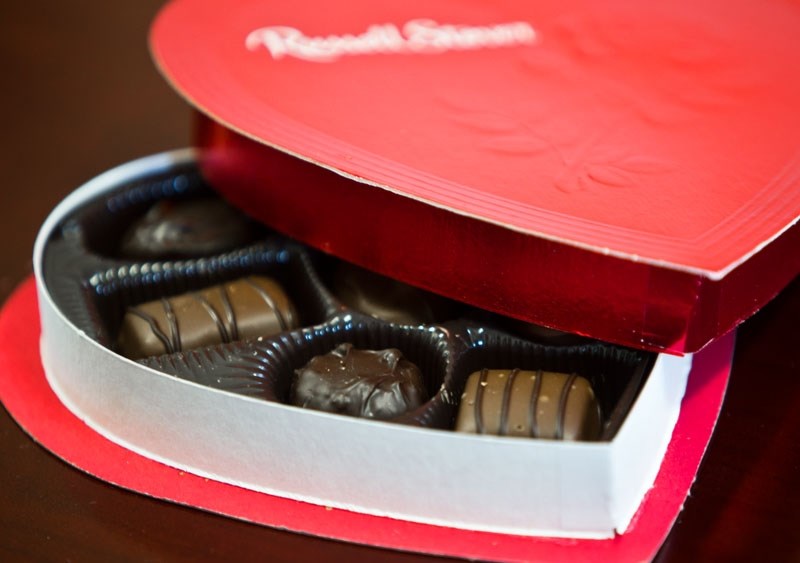Poor old Saint Valentine. He was a priest who was put to death on or about Feb. 14, 270 A.D. because he refused to honour the Roman fertility gods. It seems probable that the martyr never experienced the romantic love of lore that is celebrated in his name each February. No one knows if he received flowers, but it's almost certain there were no chocolate hearts. Why then do we commemorate the day with roses, hearts and bonbons? The answers lie not in the latest Hallmark cards, but instead in the ancient mythology of the Greeks and Romans.
The mid-February celebration dates back before Saint Valentine to a kind of new year's party in ancient Rome. In the old Roman calendar, this was a time to do an "out with the old, in with the new" thing. The fertility goddess so hated by Saint Valentine may have been Juno Februtis. If you were a woman, and wished to conceive, you paid special attention to this goddess, who was the wife of Jupiter. It's hard to know where the goddess was coming from with the love thing, however, because her hubby constantly made her jealous, but perhaps she was ever hopeful. Nonetheless, Juno Februtis got a month named for her and so she too is connected for all time with romance.
Aphrodite is the Greek goddess of love and like her Roman counterpart, Venus she is associated with the above-mentioned fertility rites. Aphrodite is often depicted wearing a magic girdle that made her irresistible.
Ah! Finally we are getting closer to chocolate, but not quite. The foods the ancients associated with love were like Aphrodite, from the sea. Oysters topped their aphrodisiac list. So if you wanted to inflame desire, in those days you made your beloved eat oysters and other fishy delights.
Aphrodite had a rose for a symbol and so roses, especially red roses are associated with love.
Why hearts? The Ancients believed that the heart was the centre of emotion, love and feeling. Cupid, the god of love and desire was known for shooting arrows dipped in magic potions. If they struck the heart, then love was born. It's not such a stretch. Even today when young lovers sense the quivering effects of Cupid's first shots, they may put their hands to their hearts. We express so much emotion by holding our hearts. In the 21st century, just as in ancient times, love is purest when it involves the beating of the heart.
Sexy chocolate
The Aztec ruler, Montezuma, drank chocolate it's been said, to improve his sexual performance. When he was about to visit some of his several hundred wives, he apparently drank up to 50 cups of hot chocolate. The Spanish conquistadors hurried home to tell Europe about this new drink and a love for chocolate was born.
A search of the Internet shows that modern day scientists do their best to study the effects of different aphrodisiacs but it's difficult to come to a consensus, since none of them seem to have found one. The vitamin count of certain foods may be behind their ability to trigger love hormones. Chocolate, for example, may cause a spike in dopamine, and may therefore leave people who eat it with a sense of well being. Honey has been considered an aphrodisiac since the first man fought off the bees to bring his lady something sweet. Honey contains boron and may help regulate estrogen and testosterone. Oysters are high in amino acids and if you get past the shucking part, the shellfish might get the hormones stirring.
Some of these studies do leave questions, however. One report from Guelph University suggested some foods such as strawberries and saffron improved the sex drive of mice. Now just imagine a bunch of mice, who are happily eating luscious food. It makes them feel pretty darned good and then they look at the peering scientists, who have no strawberries and few feel-good feelings among themselves.
Oysters, roses and chocolate
So Aphrodite gave her lovers oysters and they presumably gave her roses. Cupid shot lovers through the heart, Saint Valentine refused to believe any of it and Montezuma drank cocoa. And that is why every February 14 we give and receive heart-shaped boxes filled with love.




